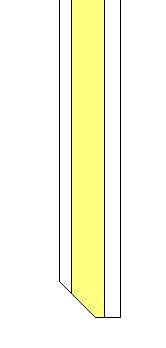Philip1993
Well-Known Member
- Joined
- Jul 5, 2007
- Messages
- 1,644
- Reaction score
- 19
Thanks for the tip. I may try that once I buy a cobra tap (portable draught beer is definitely in my future). But i'm very happy with this version of the BMBF {See pic above}
I think the problems you are experiencing are related to the length of your dip tube. With the stopper in place, the dip tube should be just off the bottom of the bottle. By dispensing beer under a layer of beer (instead of letting it fall through air), you minimize turbulence and outgassing.








![Craft A Brew - Safale BE-256 Yeast - Fermentis - Belgian Ale Dry Yeast - For Belgian & Strong Ales - Ingredients for Home Brewing - Beer Making Supplies - [3 Pack]](https://m.media-amazon.com/images/I/51bcKEwQmWL._SL500_.jpg)


















































